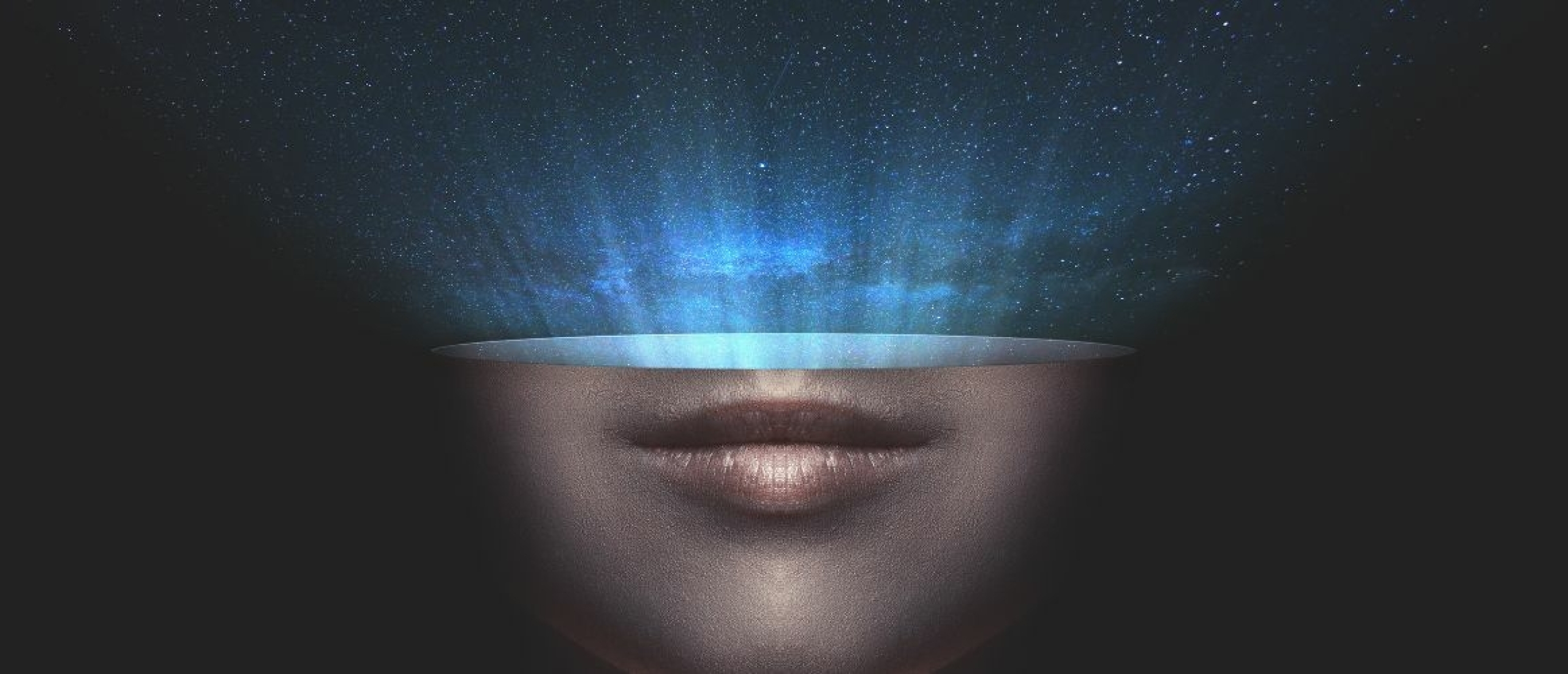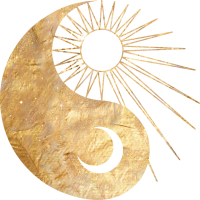What is spiritual awakening?
What is consciousness?
Difference between Ego and Higher Self

Consciousness is the subjective experience of being aware — the felt sense of perceptions, thoughts, emotions, and selfhood. It includes both raw sensory experience (qualia) and the cognitive access we have to those experiences (the ability to report, reflect on, and use them). Consciousness is studied across philosophy, neuroscience, psychology and cognitive science because it raises fundamental questions about mind, reality and personhood.
For further reading and related topics, see our knowledge base: Awakening Consciousness — 5DDating.
